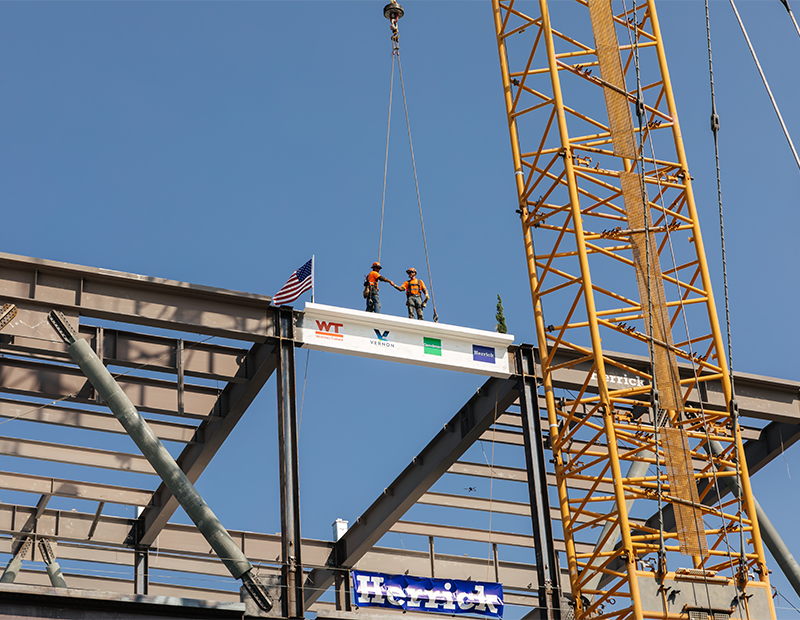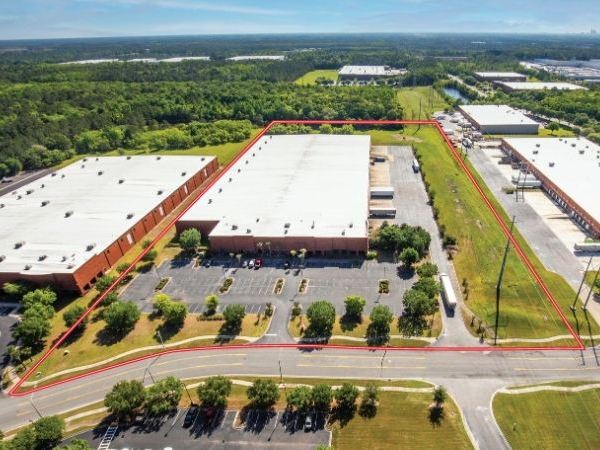Why the Construction Industry Needs Cost Management Now More Than Ever
As the development pipeline picks up, there is no better time to refocus on these practices, argues Anil Sawhney of RICS.
Between restrictions and closures that initially forced reduced construction demand, job losses and financial challenges, the short-term impact of the COVID-19 outbreak on the construction and infrastructure sectors was stark. Now, while an uptick in economic activity and tentatively lightened restrictions have allowed the industry to regain productivity and win new work pipelines, investment patterns and supply chain certainty are still in question, requiring longer-term thinking about costs, efficiency and overall financial resilience.
While in many ways the effects of the pandemic were not as severe as many had feared, the slowdown shined a light on industry vulnerabilities and long-standing issues related to project performance. Now, amid a cautious recovery, there are still lingering issues as material prices are rising, supply chain disruptions continue, profit margins are under pressure and some subsectors are seeing continued uncertainty.
Construction Market Strengthening
Overall, the construction market is on the right track. RICS’s recent construction and infrastructure report show that forward-looking indicators are strengthening. Industry leaders anticipate greater momentum coming through for private commercial workloads alongside solid growth in infrastructure projects in particular. However, rising cost pressures and skills shortages are becoming more prominent features of the market, which means that cost resilience and cost management are crucial. Employment growth within the industry is strongly anticipated, as are growing profit margins. But with risks remaining, smart growth and a long-term view are more important than ever.
After all, global supply chains have changed significantly due to the pandemic. Even the most basic materials like tiles, flooring, paneling, copper and other metals, which were initially sourced from global manufacturers, are more expensive and more difficult to obtain quickly, forcing firms to search for regionally based materials and disrupting the flow of supply and demand.
In addition to supply chain issues, firms are generally understaffed, despite a rise in employment. As per the RICS Global Construction Monitor, shortages in labor and skills are also key challenges, particularly in the USA, with 77 percent and 79 percent of respondents reporting a shortfall in these areas (much higher than the global average of 65 percent and 61 percent). Paradoxically, the New York City construction industry alone lost 74,000 jobs to the pandemic. Although the demand for construction projects is on a steady rise, most of these lost jobs are not expected to be filled until 2023. All of this reinforces the need for more proactive and robust cost management standards, particularly as major infrastructure upgrades hang in the balance.
Financial Outlook
The financial instability of the pandemic is an opportunity for built environment firms to instill public and private confidence by delivering cost certainty and improve overall project performance. Particularly if best cost-management practices are utilized early in the planning and design phases of the project life cycle, infrastructure and development projects will be better able to weather uncertainties.
Essential to this is that firms and organizations from Vancouver and Seattle to Miami and Atlanta use standardized approaches and professionals trained in them. The International Cost Management Standards Coalition (ICMSC) is working to address this. The growing group of more than 50 professional and nonprofit organizations, founded in 2015, develops and implements international standards for classifying, defining, measuring, recording, analyzing, presenting and comparing life cycle costs of constructed assets. More than this, ICMS allows for a standardized way to report life cycle costs for portfolios, programs and projects on a global scale. Using the CROME (construction, renewal, operation, maintenance and end-of-life) taxonomy, ICMS helps project teams predict, estimate, and manage the life cycle costs of constructed assets.
The implications go beyond cost-efficiency. The group’s most recent edition of recommendations (forthcoming in November 2021) also addresses climate change. It makes ICMS one of the crucial pieces of the puzzle that will help decarbonize the built environment. Using the CROME classification ICMS will help the industry reach carbon neutrality while still ensuring profitability and effective stewardship of public funds.
In the short term, the cost-management framework provides decision-makers with an economic tool to better evaluate a project, analyze the impact of their projects, and more strategically project costs in a rapidly shifting landscape, especially amid skilled labor shortages and supply chain issues.
Standards-driven cost management can help firms move forward by exploiting their technology and project management tools to improve workflow, maximize profit potential and balance out the unstable ecosystem that has become a product of the pandemic. The financial management of construction—ensuring value for money in both the public and private sectors—will be essential agendas as we recover from the pandemic.
With a large number of projects expected to become available in the industry’s pipeline through the end of 2021, both as a result of the Biden infrastructure bill and a growing pipeline of new commercial and residential work needed to meet market demand, there is no better time to refocus on cost-management practices than now for construction firms. Standardizing cost reporting will be important in enabling better decisions on construction investment and project initiation. This rigor will be even more critical in a fiscally constrained, post-pandemic world as local governments attempt to extract maximum value from their stimulus measures.
Anil Sawhney is the director of the Infrastructure Sector for RICS. He is involved in the production of the infrastructure sector’s body of knowledge, standards, guidance, practice statements, education and training.








You must be logged in to post a comment.